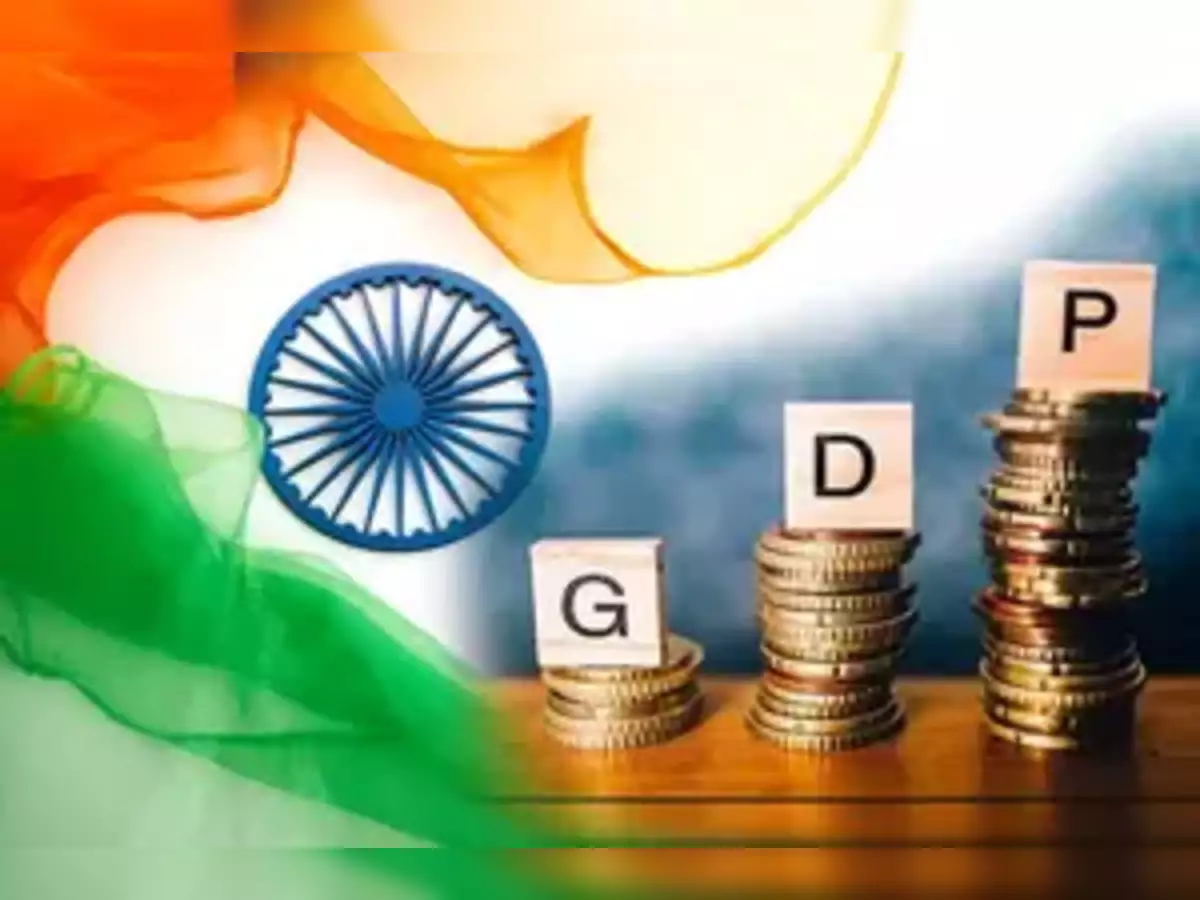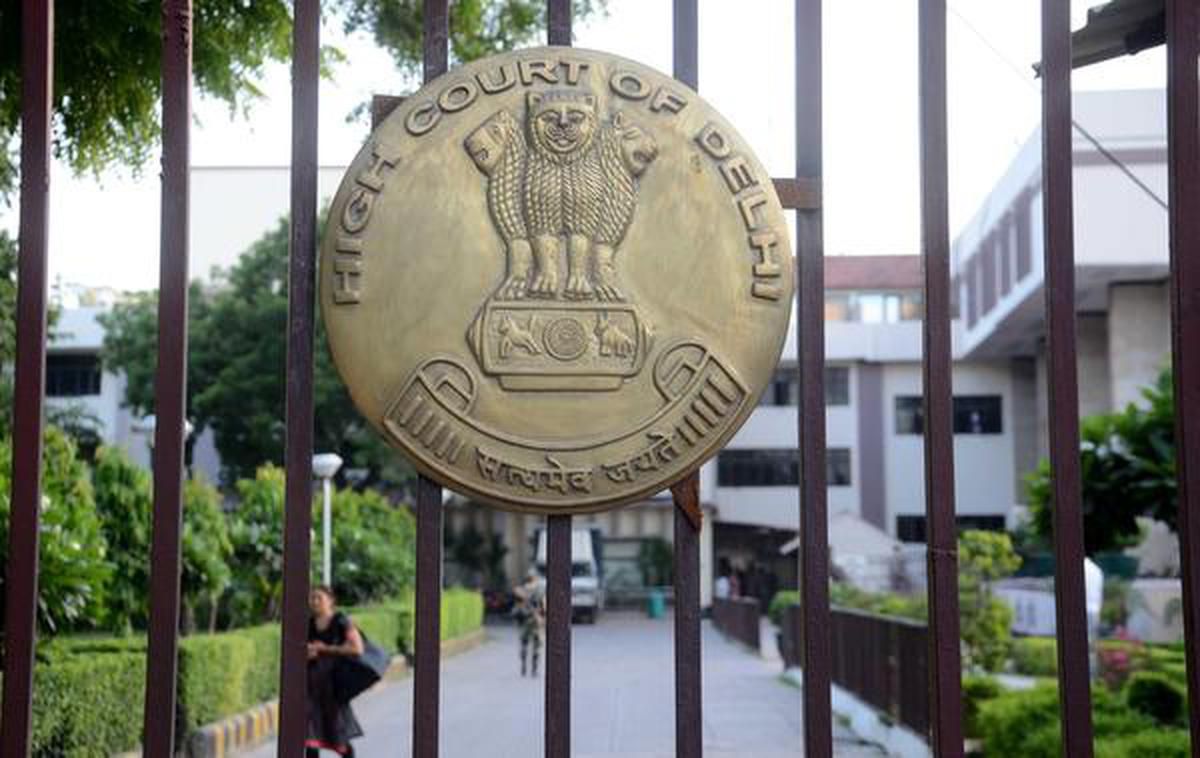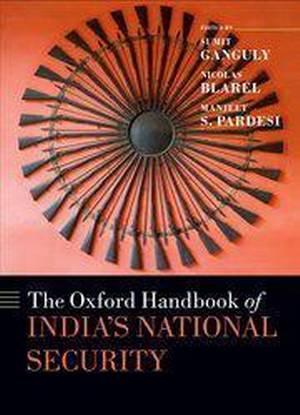New Delhi, Jun 10: It has been eight years since the Right To Education Act came into force, but if the mounting court cases filed under this historic legislation as revealed by a World Bank report are any indication, a large number of intended beneficiaries are still to draw benefit from it.
According to the World Bank policy research paper, more than 40,000 cases have been filed in India under the RTE Act since 2010. The study – Using courts to realise education rights – said a majority of the cases relate to guaranteeing 25-per cent reservation in private schools for the poor.
Other cases relate to private schools challenging the Act in terms of teacher eligibility, norms and recognitions.
The report, referring to the case database of a legal portal (www.indiankanoon.org) in India, said that out of the 41,343 cases filed since 2010, as many as 2,477 cases have reached the Supreme Court and heard by it. It said social jurists, working largely in Delhi, have alone filed more than 500 cases under the Act, demanding rights for children under the law.
The RTE Act broadly provides for free and compulsory education up to the elementary level and 25 per cent reservation of seats in private schools for the poor and students coming from the deprived sections of the society.
The right to education relies on the ombudsman role of the national and state commissions for the protection of child rights (NCPCR and SCPCR) for grievance redressal. But these bodies are under-staffed.
The report said that this factor along with relative ease of access to courts as a result of relaxation of rules has resulted in the large number of cases being filed in various courts in the country.
Referring to public debates and other publications, the World Bank report particularly underlined issues which affect proper implementation of the Act.
For example, it said, simply mandating a quota does not provide access to quality education for children from poor families. In fact, most of the petitioners bringing cases on the quota issue are “better off among the poor-literate, well connected, and with the resources to pay for initial court cost”.
Besides, there is a high degree of opposition to reservation as middle-class families do not want their children to mingle with children from poor households.
It said state-provided subsidy for seats under the quota falls “well short of the tuition fees that schools charge”. The Act does not make clear who will pay the additional costs such as uniforms, books, and other activities.
“This ambiguity means that schools have to charge higher tuition fees to cover the non-reimbursed costs, which is resisted by middle-class parents. Thus, the reservation issue, which is in theory an individual one, leads to a host of questions that the courts have to rule on, which have much broader applicability than the outcome of the individual case,” it said.






